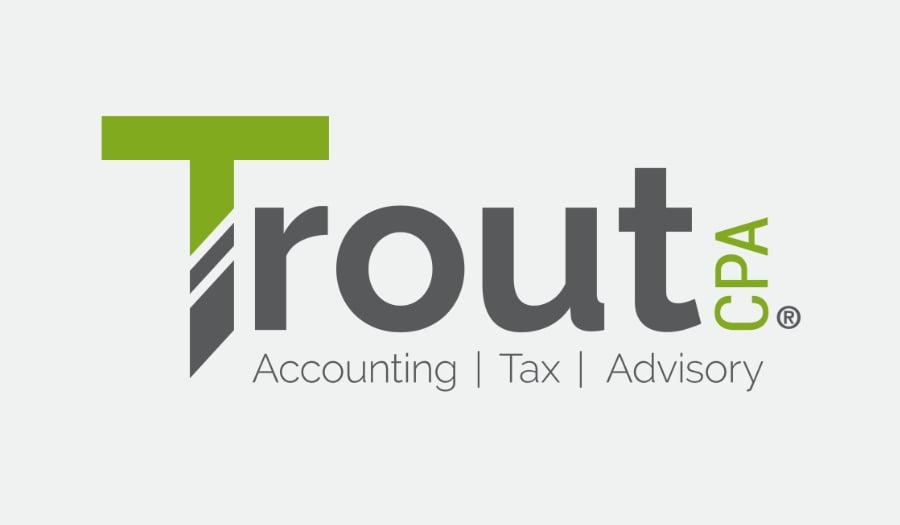Earlier this year, the Internal Revenue Service (IRS) issued Revenue Procedure 2021-30, which provides retirement plan sponsors additional opportunities to use voluntary and self-correction features of the Employee Plans Compliance Resolution System (EPCRS). This guidance continues a trend of the IRS seeking ways to make it easier for plan sponsors to correct errors that may occur in running a tax-qualified retirement plan.
About EPCRS
EPCRS consists of three tiers of correction—the Self Correction Program (SCP), the Voluntary Correction Program (VCP), and the Audit Closing Agreement Program (CAP). As their names imply, both the SCP and the VCP are user-initiated programs while the Audit CAP applies to plans undergoing an audit initiated by the IRS. Learn more about EPCRS and the types of errors that can be corrected under the three levels.
Summary of Recent Changes
IRS Rev. Proc. 2021-30 makes a host of changes that affect the ways plan sponsors can address errors through EPCRS. The most prominent of these changes include:
Replacing anonymous VCP submissions with anonymous, no-fee VCP pre-submission conferences: Starting January 1, 2022, the anonymous submission procedure under VCP will be replaced by an anonymous, no-fee, pre-submission conference. Some plan sponsors may view this change as negative because they will no longer be able to file a submission anonymously, but the new system may be even more advantageous for plan sponsors. With the pre-submission conference, plan sponsors can still confer with the IRS anonymously on complex issues and, notably, will not owe a fee if they decide not to move forward with a submission.
Expanded opportunity to self-correct errors by amending the plan document: The notice makes it easier for plan sponsors to self-correct an operational failure by making a retroactive plan amendment. Starting July 16, 2021, plan sponsors can amend the plan document to reflect an increase in a benefit, right, or feature—even if that correction applies to only those participants affected by the problem. In the past, such a correction via plan amendment would have had to apply to all eligible participants.
Extended timeframe for self-corrections: The time allotted to correct certain “significant” operational and plan-document failures has been increased from two years to three years from the year in which the error occurred. Similarly, the notice extends the sunset of the safe harbor correction method for automatic enrollment failures by three years (from December 31, 2020, to December 31, 2023), giving those sponsors who may have missed the earlier deadline for correcting missed elective deferrals more time to act.
New methods for recouping defined benefit plan overpayments: The IRS expanded and simplified the correction practices plan sponsors can use when participants or beneficiaries of defined benefit plans receive annuity payments above what is stipulated by the plan document. The update includes two new overpayment correction methods that further ease the repayment burden of participants and beneficiaries and, if the plan meets certain funding requirements, relieves plan sponsors of the administrative burden of implementing a plan repayment process.
Increased threshold for de minimis failures: Previously, the IRS didn’t require plan sponsors to correct plan overpayments or excess employee or employer contributions of $100 or less. The recent notice increased this de minimis threshold to $250, a change that could reduce administrative stress. For example, if the overpayment is $250 or less (after adjusting for earnings), the plan is not required to seek the return of the overpayment from the participant. The plan is also not required to notify the participant that the overpayment was not eligible for tax-free rollover (unless the overpayment resulted from exceeding a statutory limit). Defined contribution plan sponsors must still contribute any shortages and can still rely on the $75 de minimis rule, which allows the plan to ignore the need for a distribution if the cost of making the distribution exceeds the benefit (up to $75).
Insight: Adopt a Procedure for Identifying Mistakes
With the level of complexity involved in maintaining a retirement plan, the occasional procedural mistake is bound to occur. When it does, plan sponsors should act swiftly to self-identify the issue and use the SCP or VCP to begin the resolution process.
As a first step, however, plan sponsors must adopt a procedure for quickly identifying mistakes. In fact, having a procedure in place is a requirement for accessing the SCP. Once established, plan sponsors should conduct regular internal audits to ensure that their procedures remain effective in identifying plan violations and continue to reflect current compliance parameters.
Written by Beth Lee Garner and Joan Vines. Copyright © 2021 BDO USA, LLP. All rights reserved. www.bdo.com.




